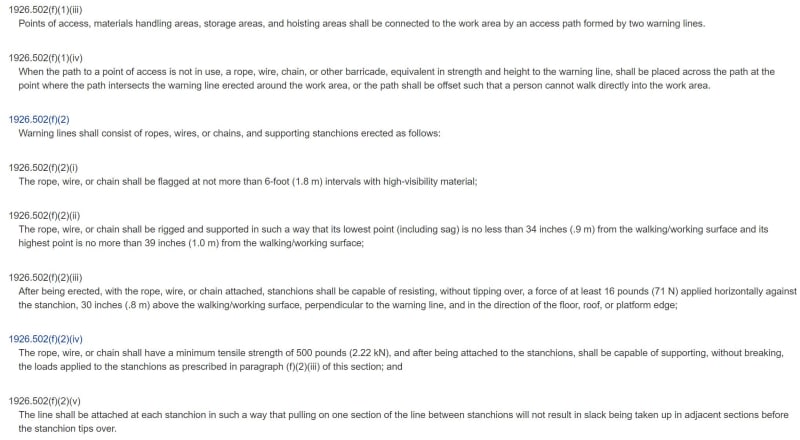dik
Structural
- Apr 13, 2001
- 26,021
I seem to recall that for saftey issues that OHSA allows a barrier to be constructed using a barrier load of 1000lbs as opposed to a real tie-off with a load of 5000lbs. I'm not sure if this is correct and cannot locate the requirement in OHSA. The barrier prevents someone that is connected to it from reaching the dangerous edge. Is this correct and can someone cite the requirement?
Thnaks, Dik
-----*****-----
So strange to see the singularity approaching while the entire planet is rapidly turning into a hellscape. -John Coates
-Dik
Thnaks, Dik
-----*****-----
So strange to see the singularity approaching while the entire planet is rapidly turning into a hellscape. -John Coates
-Dik



